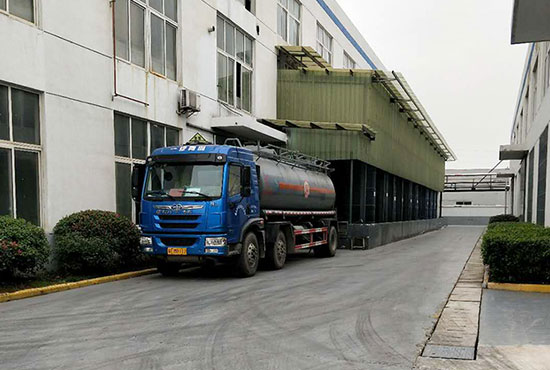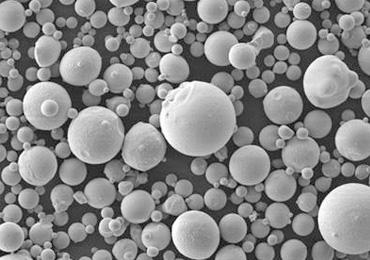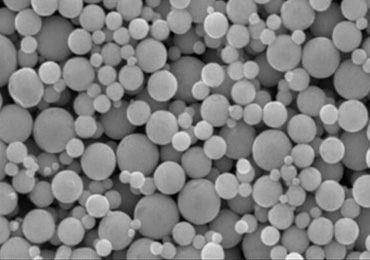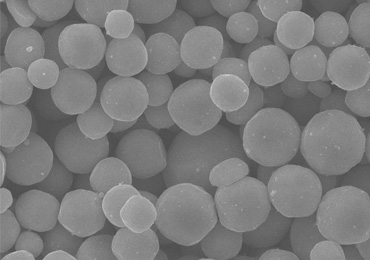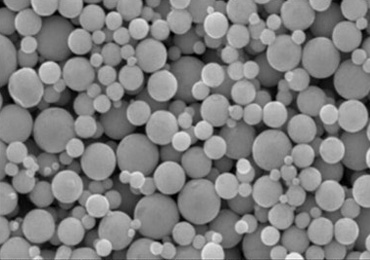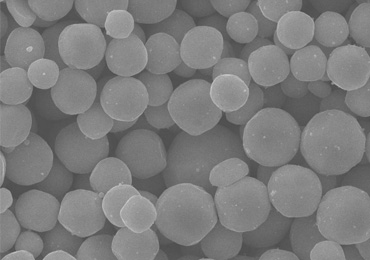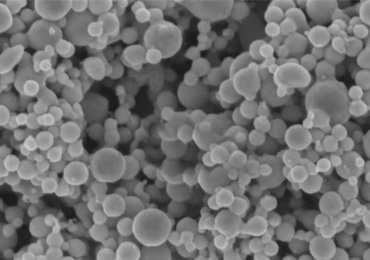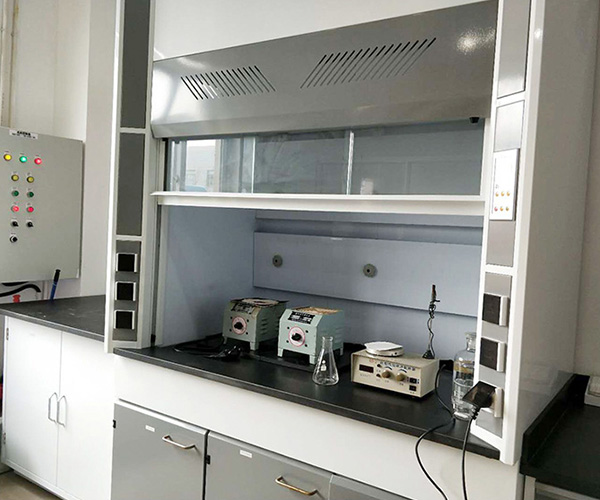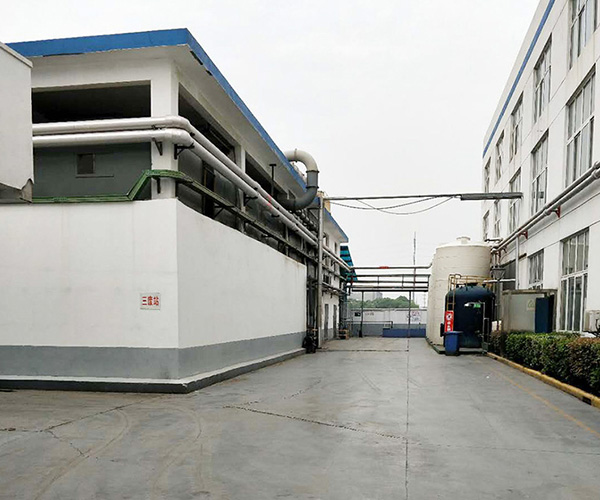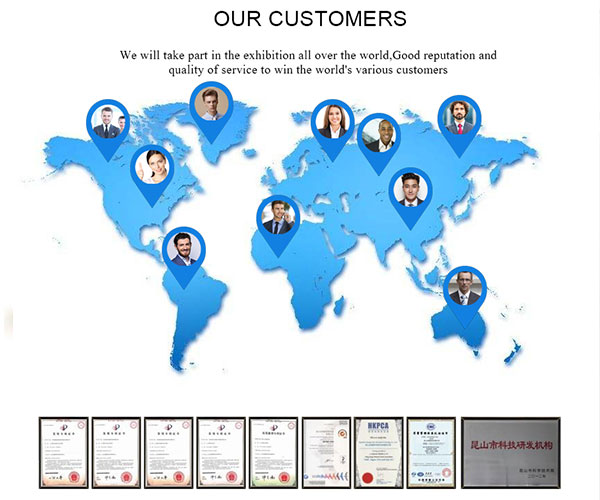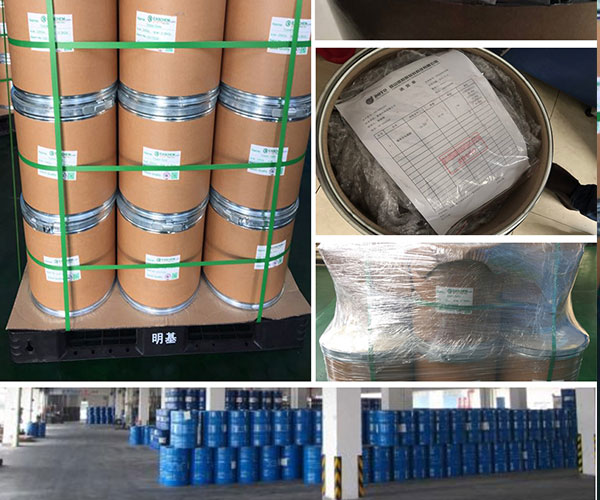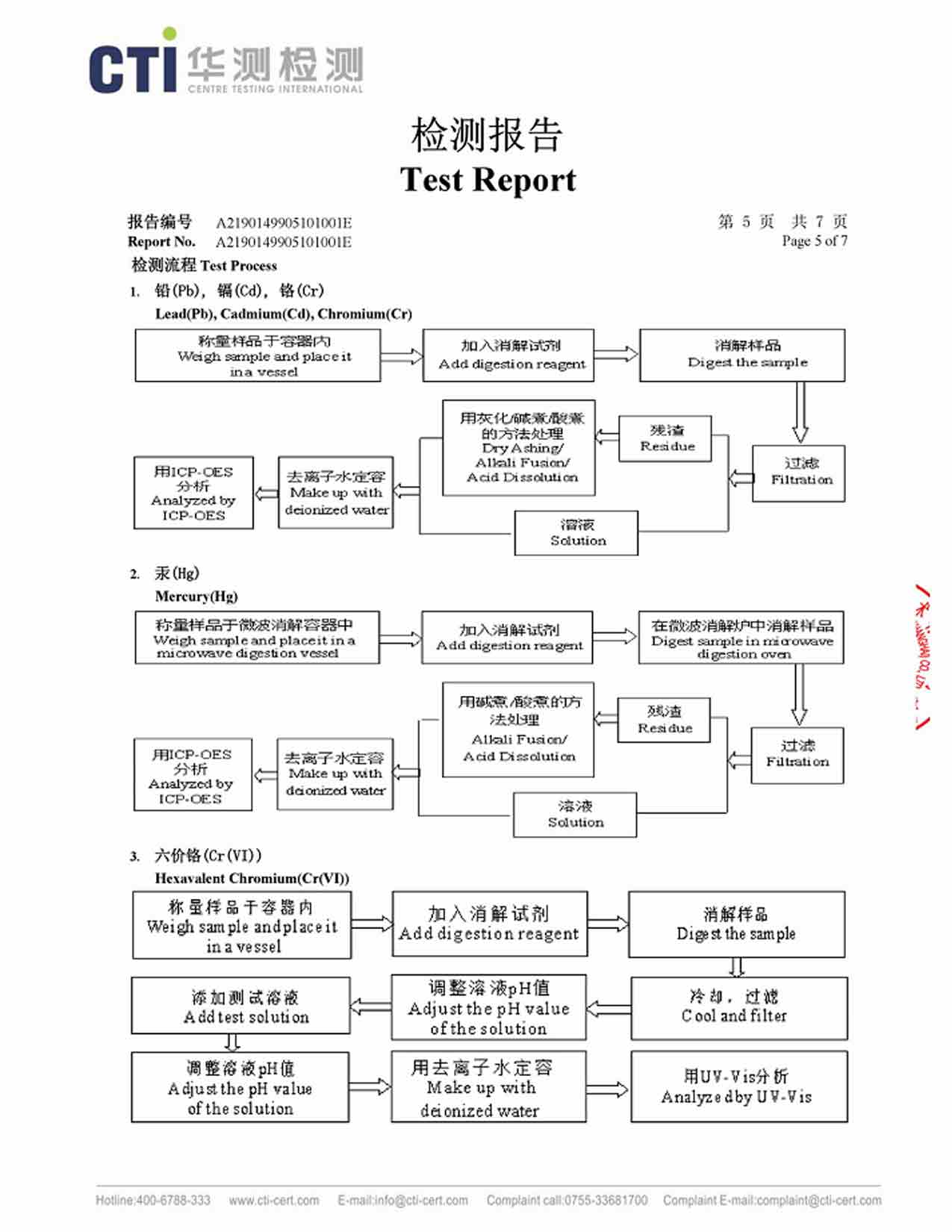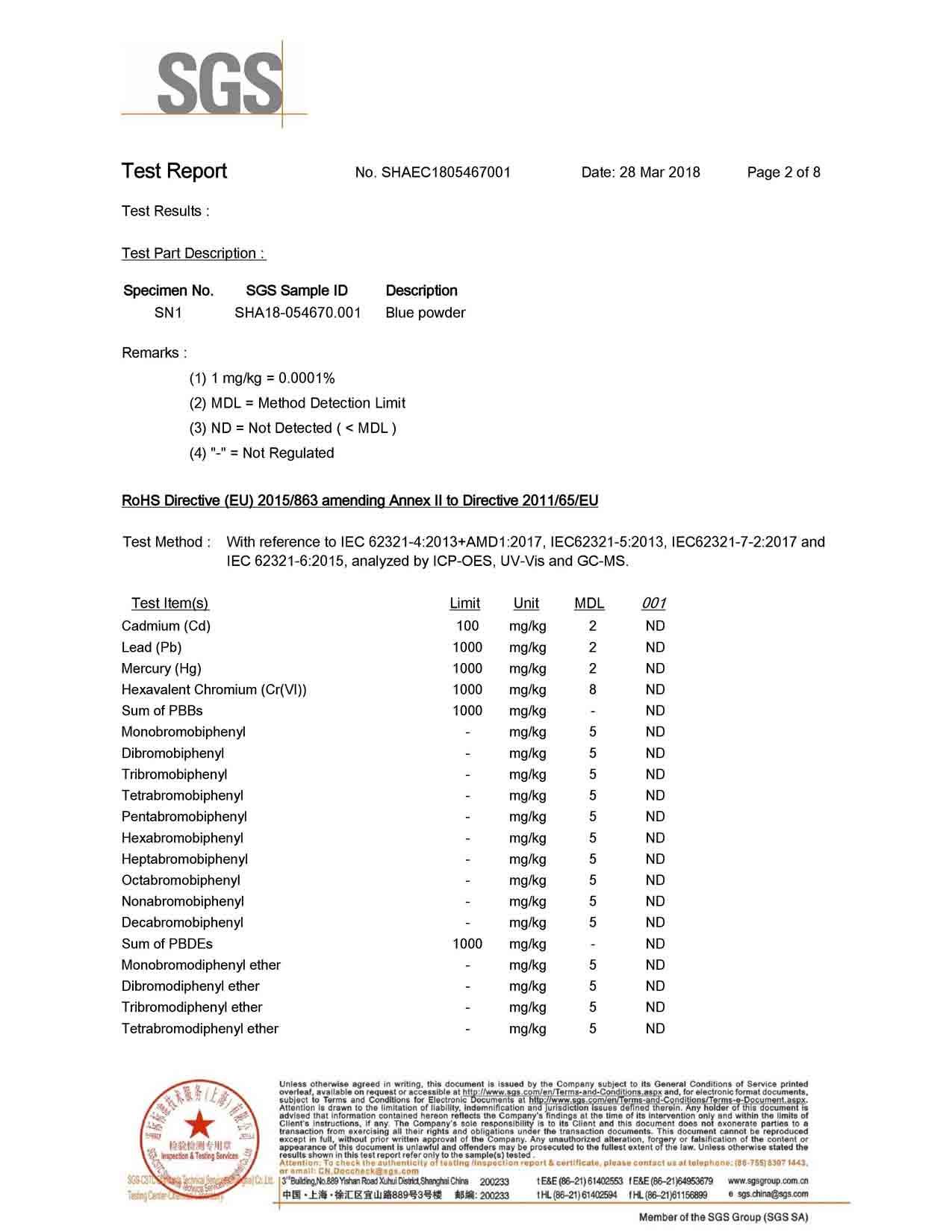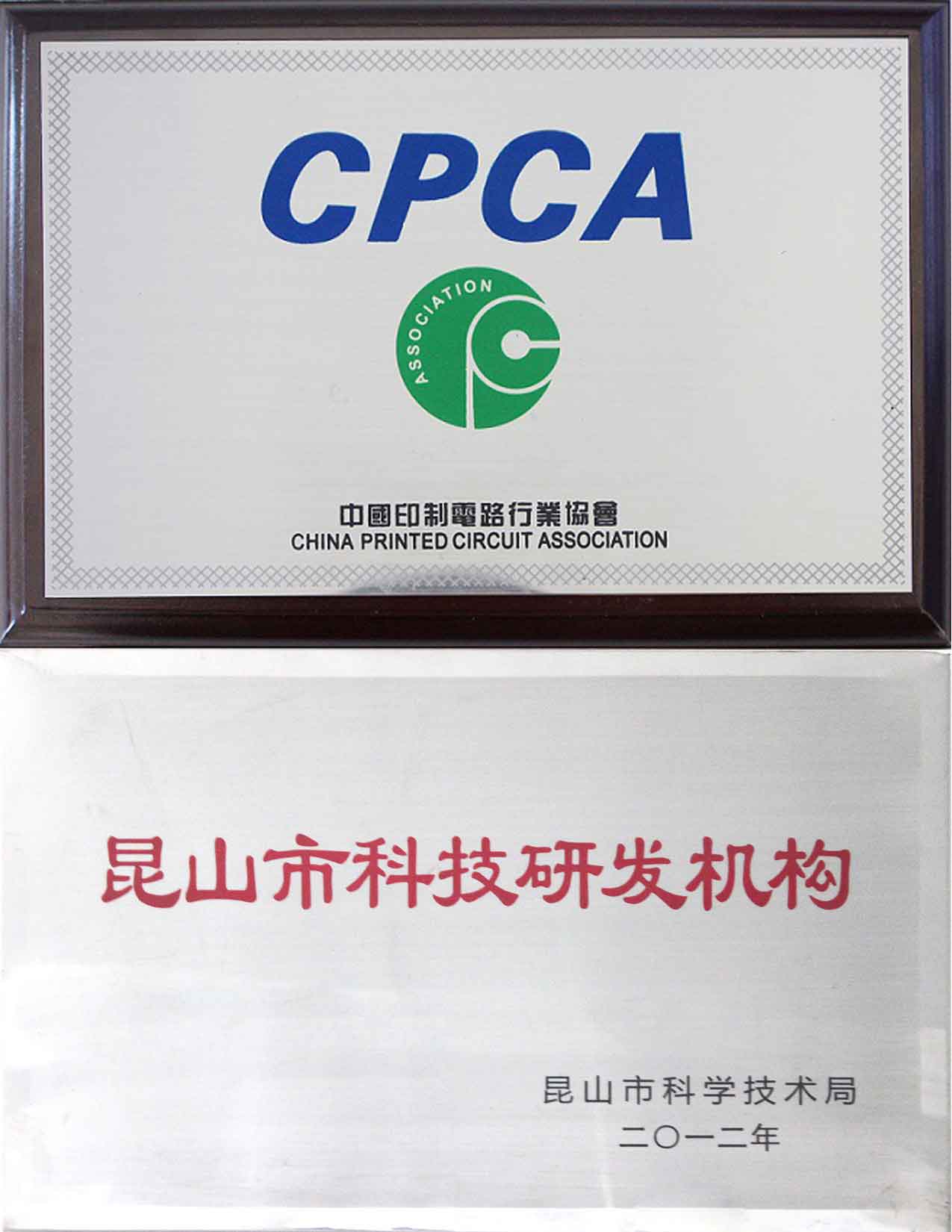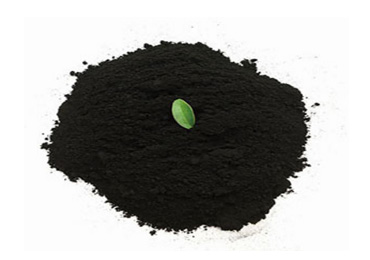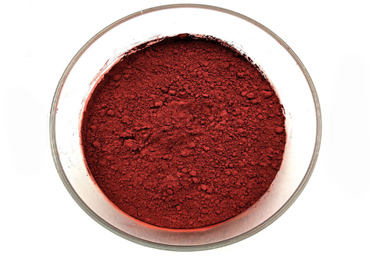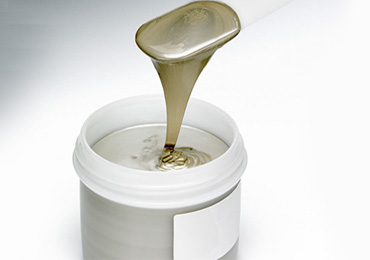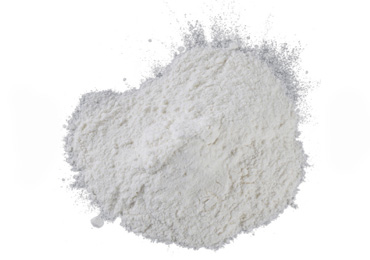Copper Nanoparticles Manufacturer-China Yosoar
Green basic copper carbonate is formed on the surface in moist air
Copper atoms are the same as those of ordinary copper
Chemical properties are more active than ordinary copper
Used in Aerospace Materials
High melting point metal tungsten materials can usually be used in rocket nozzles. If nano copper powder is put into a stable tungsten framework, because the melting point of nano copper powder is relatively low, it will melt and evaporate under the action of high temperature. The heat can protect the stability of the nozzle structure.
In addition, after adding nano-copper powder to the nozzle, the nozzle can absorb a large number of fine particles, thereby playing a better filtering effect.


Used in catalyst
Under normal circumstances, the precious metal platinum and ruthenium are used as catalysts for the treatment devices of automobile exhaust gas, but there are drawbacks, that is, the cost is too high.
The cost of nano-copper powder is much lower than that, so using nano-copper powder instead of noble metal as a catalyst, the catalytic effect has also been improved. As an efficient catalyst, nano-copper powder has been widely used in many fields.
Yosoar: Copper Nanoparticles Manufacturer in China
- Manufacturing
- Certification
Yosoar’s regular copper powder models:
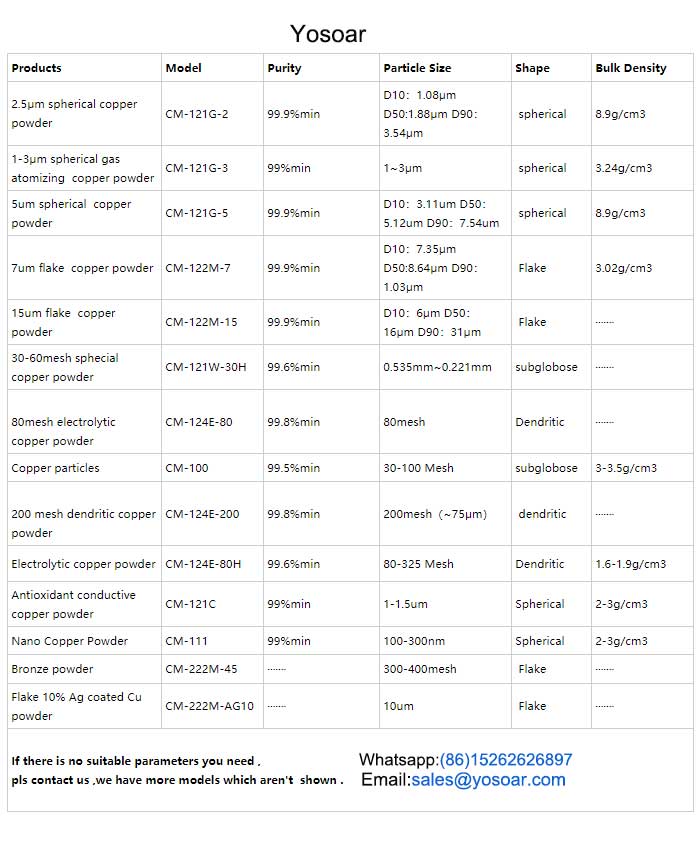
Using the conductivity of metal ions, metal nanomaterials can be made into conductive coatings. As digital machines and large-scale integrated circuit technology develops, the electrical insulation properties of plastic products have caused the so-called electromagnetic wave pollution problem. The most effective solution to the problem is to use conductive paint to achieve the purpose of shielding electromagnetic interference. Because compared with precious metals, Copper has the advantage of cheaper price, and its conductivity is similar to precious metals, replacing precious metals as conductive coatings can greatly reduce industrial costs. Therefore, the research on copper nanoparticles conductive coatings has gradually become a hot spot in the industry. A composite conductive paint based on alkyd resin and copper nanopowder as a conductive filler. And discussed the conductive filler content, particle size, coupling agent content, and curing process on the conductive properties of the coating. The results show that when 55%~60% 200 mesh copper powder is added, the coupling agent content is 5%, and the conductive coating is cured at 50 ℃ for 15 minutes and then fully cured at room temperature, In general, the conductive coating has a better performance than others, and the surface resistivity of the coating is 10 °Ω· cm. Using ascorbic acid as a reducing agent, a liquid phase chemical reduction method was used to prepare flake ultrafine copper powder for conductive coatings. The research concluded that the prepared copper powder is beneficial to improve the conductivity of the coating, and the yield is high, and it can be produced in large quantities. A water-based conductive coating was prepared using water-soluble acrylic resin as the base material and silver-coated copper powder as the conductive filler.
Recently, many customers consulted with Yosoar, a supplier of copper nanoparticles, about the application and price of copper powder, especially the application and price of nano-scale copper powder, and also concerned about the price trend of nano-scale copper powder. Compared with micron-sized copper powder, the price of nano-sized copper powder is higher.
In the process of producing equipment , Nano-scale copper powder is a kind of commonly used material, and it could be a material of manufacture the terminal of multilayer ceramic capacitors;
In the chemical industry, Nano-scale copper powder also has much practical value. It can be catalysts in the reaction of carbon dioxide and hydrogen to methanol; It can also be applied to conductive coatings on metal and non-metal surfaces Layer treatment; the conductive paste is used as petroleum lubricant and pharmaceutical industry. copper nanoparticles is suitable for electronics, electronic technology, instrument manufacturing, automobiles, aviation, machinery manufacturing, chemical industry, and the production of metal products, paints and building materials for special purposes, etc.; copper nanoparticles are widely used in the production of powder metallurgy, hard Alloys, diamond tool products, electric carbon products, handicrafts, friction materials, non-ferrous metal alloys, and the production of antistatic products and special coatings, chemical catalyzers, chemical dye additives, lubricants, and other products; copper nanoparticles can be used as hot hydrogen Generator, gel propellant, combustion activator, catalyst, water cleaning adsorbent, sintering activator, etc. What is the basis for the price of nano-sized copper powder? The price of copper powder has a great relationship with purity, particle size, and morphology. Generally speaking, the price of copper powder with higher purity and smaller particle size is much higher than the common variety. The particle size of nano-scale copper powder reaches nano-scale, and the preparation technology of nano-scale copper powder is higher than that of ordinary copper powder, and its surface is usually treated. Therefore, the price of nano-scale copper powder is higher than that of ordinary copper powder. The price needs to be further determined according to specific parameters. For more information about the application and price of nanometer copper powder, please contact Yosoar, Yosoar will serve you wholeheartedly and provide you with the most satisfactory solution.
The production cost of the physical method is relatively high, the raw material rare gas required by the physical vapor deposition method is expensive, and the electric explosion method and the γ-ray irradiation method both require the use of complex instruments and equipment, so it is difficult to achieve large-scale mass production.
After mixing analytically pure copper nitrate and graphite at a molar ratio of 1:1, add 20% acrylamide (AM) monomer and N, N-methy lene bisacry lamide (MBAM) crosslinking agent ( m(AM):m(MBAM)=20:1); after 24 hours of ball milling, a uniform suspension is obtained, and then an appropriate amount of initiator and catalyst are added to the suspension, and the suspension is placed at 60 ℃ The wet gel is obtained by heating in a constant temperature water bath; the wet gel is dried and dehydrated in a drying oven at 110 ℃ to obtain a dry gel, and then calcined at 300 ℃ for 30 min to obtain a precursor powder composed of Cu2O and Cu; the precursor The bulk powder was reduced in an H2 atmosphere at 500 ℃ for 2 h, and finally nano copper was prepared.
Add copper nanoparticles to the pre-prepared silane coupling agent solution of a certain concentration, use electric stirring to make the coupling agent and copper nanoparticles fully contact, stand and dry to obtain pretreated nano-copper powder; use bisphenol Type A epoxy resin (E51) as the carrier, add the pretreated copper nanoparticles according to a certain mass ratio, and ultrasonically disperse for 30 minutes to make the copper nanoparticles evenly distributed in the resin, and then add a certain amount of curing agent and dilution to it Additives such as additives, defoaming agents, accelerators, etc., are thoroughly stirred and mixed, and finally, copper nanoparticles conductive adhesive is prepared.
Nano materials have a large specific surface area and a large number of surface-active centers. They have good heat resistance, anti-frction, anti-wear, and extreme pressure properties, which can ensure that they can be used in lubricating oils stably. Additives for lubricants.
Adsorption, penetration, and tribal chemical reaction mechanism: Nanoparticles dispersed in lubricating oil have high surface energy. At the beginning of friction, the particles are adsorbed on the surface of the object to form a physical adsorption film, and the copper nanoparticles penetrate the subsurface of the metal or directly on the surface. A series of chemical reactions occur on the friction surface to form a strong and wear-resistant chemical reaction film, which separates the friction metal surface, thereby reducing friction and reducing wear.
Ball mechanism: First, the nano copper particles are approximately spherical, which can play a similar role as a micro-bearing, thus improving the lubrication performance; secondly, under high load and high-temperature conditions, the spherical particles between the friction surfaces will be flattened to form a sliding The system reduces friction and wear; also, extremely fine copper nanoparticles particles can fill the defects on the surface of the object, thereby playing a certain role in repairing.
Carrier mechanism: The organic matter used to modify the copper nanoparticles is easily adsorbed on the back metal surface to form an organic composite film, which separates the metal surface to reduce friction and wear resistance.
Film deposition mechanism: During the friction process, copper nanoparticles particles are charged on the friction surface to move, and adsorb on the friction surface to form an amorphous film and an amorphous state, which separates the metal surface.
Nano-copper crystals have a face-centered cubic structure, which is unique to copper nanoparticles such as surface-interface effects and small-size effects.
In addition to its properties, it also has the characteristics of low melting point, wide operating temperature range, and low shear strength. Therefore, nano-copper is used as a lubricant
The excellent lubricating, anti-wear performance, self-repairing performance, and other characteristics exhibited by lubricant additives have become a hot spot in the research of nano-lubricating materials in recent years.
Nano additives with lamellar structure mainly include sulfide and graphite. copper nanoparticle is a crystal with a lamellar structure. The atoms in the layer are combined through chemical bonds without strong force, while the layer and layer directly use very weak van der Waals force. Combined, easy to produce slip, low friction coefficient, can greatly improve the extreme pressure and anti-friction performance of lubricating oil, these are mainly due to its small size effect and its layered structure.
An anisotropic thermodynamic system composed of surfactants, co-surfactants, and oils. The inverse microemulsion method can be used to prepare silver, copper, nickel, and other metal nanopowders. When preparing nano-powders by this method, since the reaction is carried out in a highly dispersed state, this can prevent the occurrence of local over saturation of the reactants, so that the nucleation and growth of nanopowder can be uniformly performed. copper nanoparticles particles exist for a long time in the microemulsion, and they are well dispersed and not easy to agglomerate. But its disadvantage is that the preparation process is not easy to control and the cost is relatively high.
Nano-copper particles have the characteristics of small particle size, the large attraction between particles, and high surface activation energy.
Agglomeration between spherical copper powder is prone to occur, and agglomeration is prone to occur when it is dispersed in lubricating oil. Once the nanopowder agglomerate,
Precipitation or denaturation will lose the original characteristics, and may even cause a certain degree of negative impact on certain mechanical systems.
Therefore, when a nano-copper is used as a lubricant additive, the biggest problem that needs to be solved is its dispersion stability in lubricants.
Disperse copper nanoparticles with an average particle size of 20-50nm into diesel fuel. Without disassembling the parts, the self-repairing properties of nano-copper are used to repair in-situ marine fuel injection pump plunger and even parts that have failed due to wear. . The results show that when the speed of the test bench is 500r/min, the fuel injection volume of the fuel injection pump after the repair is increased by about 33% compared with that before the repair. Using SEM, EDS, and other inspection methods to analyze the morphology and micro-area composition of the plunger surface before and after the repair, it is found that the fuel injection volume can be increased mainly because the nano-copper added to the diesel fuel is in the column during the operation of the fuel injection pump. A copper film with a certain thickness is formed on the inner surface of the plug and the plunger sleeve, which reduces the matching gap of the coupler, increases the fuel injection pressure and the fuel injection volume and realizes the improvement of the fuel injection pump performance.
copper nanoparticles was added to ordinary engine oil to test the friction and wear conditions of marine plunger fuel injection pumps and the influence of nano-copper additives on the lubrication performance of fuel injection pumps. The test results show that the nano-copper additive can improve the lubrication performance and reduce the wear of the fuel injection pump.
The electric explosion method is a physical preparation method with a wide range of applications. The electric explosion method can be used to prepare any metal nanopowder that can withstand filamentous metal, especially some metals with higher melting points. Due to the effect of high DC voltage, a large amount of Joule heat is generated inside the wire during the electric explosion process, which causes the wire to melt, vaporize, expand and explode to produce metal copper vapor. The metal vapor expands very quickly. This process Produces a strong shock wave effect. The formed metal copper vapor collides with the gas in the explosion cavity and the energy is gradually weakened and rapidly cooled down to form a nano-copper powder.
What are the effects of hydrogen gas flow on the morphology and particle size of copper nanoparticles?
When the hydrogen gas flow rate is small, the expansion volume of the metal vapor produced by the copper wire electric explosion in the hydrogen gas will increase, and the collision probability of the metal vapor with a higher temperature and the hydrogen gas in the cavity will be reduced, and the energy loss process will be more advanced. Slowly, the process of uniformly condensing metal vapor in hydrogen is also slowed down. The expansion of the high-temperature growth zone makes the particle size distribution range of copper nanoparticles wider and the average particle size larger; with the increase of the hydrogen gas flow, the copper wire The expansion volume of the metal vapor generated by the explosion in hydrogen becomes smaller, and the collision probability between the metal vapor and hydrogen molecules increases, which accelerates the process of energy loss, accelerates the process of uniform condensation of metal vapor in hydrogen, and continuously reduces the high-temperature growth area. Eventually, the particle size of the copper nanoparticles produced by the electric explosion becomes smaller, and the particle size distribution range gradually narrows.
Due to its large specific surface area, nano-copper has a better adsorption effect and has a better killing effect on fungi, so it has a certain antibacterial and deodorant effect. There are more silver and copper in the ionic state on the market, and the production process in the ionic state is simple. However, the ionic state is poorly concealed due to the charge, which is dangerous to a certain extent. The elemental nano copper is non-toxic to the human body and has no skin irritation. Oxidized copper and silver are both cytotoxic to the human body. Liquid sterilization nano-copper and nano-silver are both stable. When the coating is formed, the nano-silver is unstable, and the copper nanoparticles is stable. The copper atoms in the nano-copper are the same as those of ordinary copper, except for copper nanoparticles particles. Very small. The advantages of water-soluble copper nanoparticles sterilization: non-toxic, non-irritating to the human body, can kill bacteria and have antibacterial effects, and the product is very stable.
When the aqueous solution is dried under non-freezing conditions, the drying stage is nearly finished, the liquid water between the particles will generate greater surface tension during the volatilization process, which will increase the attraction between the particles and cause the powder to hardly agglomerate. The freezing condition is carried out in the freezing state, so the surface tension generated by the liquid water can be avoided, and the occurrence of hard agglomeration can be restrained.
A larger freezing rate is conducive to the preparation of nanometer powder with finer particles. The solution freezing rate is fast, and the nano copper powder particles in the precursor solution have no time to migrate and agglomerate, and they have been uniformly frozen in the eutectic. During the pinhole freeze-drying process, the solute is fixed in the ice crystals, and it is very hard to migrate and segregate. It is easy to get finer powder after drying. The freezing time of vacuum rapid freezing is second only to the liquid nitrogen freezing method. The overall freezing time is less than 1 min. The solute in the solution is quickly fixed in the frame structure made of ice crystals and cannot be connected. Therefore, the two types of freezing The products obtained by the method are smaller and have no agglomeration. However, direct freezing at -55 ℃ requires a longer freezing time, and the nano-copper is prone to migration and concentration in the solution, resulting in uneven distribution of frozen substances. At the end of drying, the concentration of the solution gradually increases, and relatively concentrated solutes will be released The momentary interactions thus combine to form larger particles.
Research studies show that the adsorption rate between the copper nanoparticles with a modifier is affecting factors as lubricating oil additives, the high surface activity of nano copper powder to improve the adsorption rate between it and the modifier, to enhance its lubricity oil dispersion stability have a positive effect from the research results can be seen, generally, the non-crystalline structure of a black powder nanopowder obtained lyophilization, the structure of the amorphous powder itself is a disordered array, the particles There are many remaining bonds on the surface, and the surface activity of the powder is strong. Compared with commercially available copper nanoparticles, the adsorption rate between freeze-dried copper nanoparticles and the modifier is higher. The surface modifier is easier to modify the surface of the copper powder to improve its oil solubility so that it can be used in lubricating oil for a long time. Stable dispersion.
The prepared completion nanometer copper powder as an additive is added to the powder paint, latex paint, ceramic glaze, ink, obtained with anti-bacterial performance and tested for the antibacterial properties of the product according to industry standards, by comparing not added antibacterial properties of the blank control sample of copper nanoparticles are used to calculate the antibacterial properties of various products. Even if the antibacterial rate of the product with 1% copper nanopowder addition reaches 99.99%, it shows that the copper nanopowder has very good antibacterial properties, and the amount of use of prepared antibacterial products is very small, which has great commercial value.
Copper nanopowder is generally a black powder, adding it to the product makes the product have black spots and the copper nanopowder is unevenly dispersed. When preparing white antibacterial ceramics, it is obvious that some black spots in the white glaze can be seen. The addition of atomized copper powder into the actual application product requires further research on the improvement of product color.
(1) After contact with air, the surface of the copper powder quickly adsorbs oxygen to form a thin copper oxide layer. The electrons which are coated in the outside layer of the copper core pass through the oxide layer through the tunneling effect to reach the electron layer that adsorbs oxygen on the surface, and a strong electric field is established on both sides of the oxide layer; (2) Under the action of this electric field, the copper cations migrate through the oxide lattice and the ” small holes ” in the oxide to the outer layer ; (3) As the reaction proceeds, on the one hand, a dense thin layer of copper oxide is formed, On the other side, an oxide with an irregular convex structure is formed ; (4) With the extension of the reaction time, the dense oxide layer continues to thicken, the protective effect is strengthened, and the ” small holes ” continue to decrease until they disappear.
Due to the limited ability of surfactants polyethylene glycol and polyvinyl alcohol to protect copper powder, copper cannot be prevented from being corroded during the coating process. The copper powder pre-oxidation treatment method and the benzotriazole pretreatment method can effectively protect the copper core and prepare a good polyaniline coating film. In the pre-oxidation method, the outer oxide of the copper powder firstly reacts with aniline to form a polyaniline film on its surface. it can affect the inner core during the reaction. Play a protective role, and finally form a dense and complete polyaniline film. However, the disadvantage of this method is that the copper must be pre-oxidized during the preparation process, which causes part of the copper to be oxidized and causes a part of the copper loss. As a special corrosion inhibitor of copper, benzotriazole can interact with copper to form a dense protective layer on its surface. This protective film can protect the copper powder from corrosion in the solution, but the film has a weak adsorption capacity for aniline. In the coating, polyaniline with a certain degree of polymerization is mainly adsorbed, and the fibrous polyaniline coating layer is finally formed. Thermogravimetric analysis shows that both polyanilines with coating morphology can effectively improve the oxidation resistance of copper powder.
The semiconductor metal oxide iron oxide is coated on the out layer of the copper powder by liquid-phase precipitation and post-treatment processes, and the modified product has a core-shell structure with a uniformly densely fold-like coating layer on the surface. Analysis shows that the coating layer mainly contains iron oxide and cuprous oxide. It is speculated that the structure of the product may be an iron oxide / cuprous oxide/copper structure. Thermogravimetric analysis shows that the oxidation resistance of the compound in the air has been improved to a certain extent, but the disadvantage of this method is that a large amount of copper is converted into cuprous oxide during the coating process.

